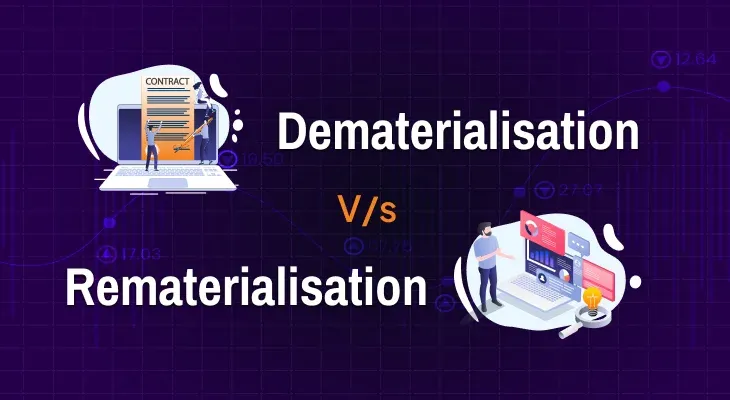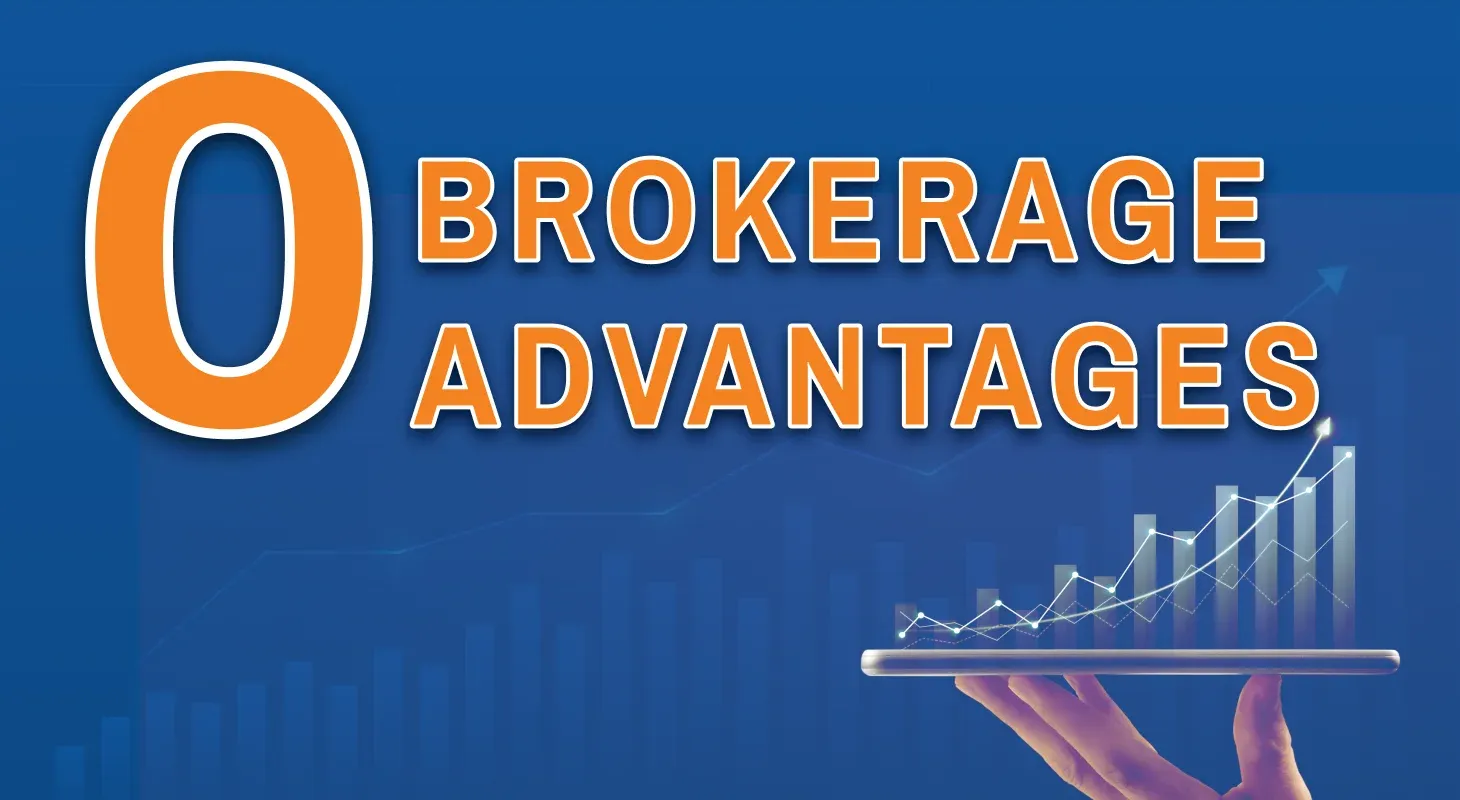
Demat vs Statement of Accounts: How Do You Store Your Mutual Funds?
The mutual fund industry in India has witnessed remarkable growth in recent years, emerging as a preferred investment vehicle for millions of investors. This surge in popularity is a testament to the growing trust and awareness of mutual funds as an investment option.
As more Indians turn to mutual funds to build their financial portfolios, one crucial decision investors face is how to store their mutual fund units. Two primary methods are available: through a Statement of Account (SOA) or a Demat account. Understanding the differences between these two options can help you make an informed choice. This blog aims to explain these storage methods in detail and examine their advantages and disadvantages.
What is a Statement of Account (SOA)?
A Statement of Account (SOA) is a record provided by the Asset Management Company (AMC) that details your mutual fund investments. It serves as a summary of all transactions, including purchases, redemptions, dividends, and the current value of your units.
An SOA is typically issued periodically, such as quarterly or annually, although many AMCs also provide electronic copies that can be downloaded from their websites at any time. The document contains important information such as your folio number, your name, unit holdings, net asset value (NAV), transaction history, and the overall value of your investments.
In essence, managing your mutual fund investments through an SOA is similar to operating a bank account. You can redeem (withdraw) units by specifying the exact amount in rupees. For example, if you wish to withdraw ₹10,000 worth of units and each unit is valued at ₹100, you would redeem 100 units. This method gives you clarity on the amount of money you will receive upon redemption.
What is a Demat Account?
A Demat account (short for dematerialised account) is an electronic repository that stores financial securities, including mutual fund units, in digital form. Managed by depositories like the Central Depository Services Ltd (CDSL) or the National Securities Depositories Ltd (NSDL), a demat account consolidates all your holdings, including shares, bonds, ETFs, and mutual fund units, in one place.
Unlike an SOA, where you redeem mutual funds based on rupee amounts, a demat account allows you to buy or sell units in terms of quantity. The value of these units fluctuates daily with market conditions. For example, if you hold 10 units valued at ₹ 10,000 today, the value could rise to ₹ 12,000 or drop to ₹ 8,000 tomorrow. This makes monitoring market trends crucial for investors using a demat account.
In a demat account, transactions such as buying, selling, or switching mutual fund units can be completed seamlessly online. However, it does not allow direct setup of Systematic Transfer Plans (STP) or Systematic Withdrawal Plans (SWP). Additionally, holding mutual funds in a demat account may incur fees, including account opening charges, transaction fees, and annual maintenance fees.
Key Features of SOA & Demat
Both SOA and Demat accounts offer different features that cater to different investor needs. Here is a breakdown of the main features of each:
Statement of Account (SOA)
- Format: Traditional paper-based document, though electronic versions are also available.
- Issued by: The Asset Management Company (AMC) periodically.
- Contents: Includes personal details, transaction history, folio number, NAV, unit holdings, and the overall value of investments.
- Accessibility: Mailed to your registered address or available for download from the AMC’s website.
- Transactions: You can redeem units by specifying the rupee amount rather than the number of units.
- Suitability: Ideal for investors who prefer physical records and do not engage frequently in trading.
Demat Account
- Format: Completely electronic, with all holdings stored digitally.
- Managed by: Depositories (CDSL or NSDL) rather than the AMC.
- Contents: Consolidates all your financial holdings, including shares, bonds, ETFs, and mutual funds, in one place.
- Accessibility: Provides real-time online access to your holdings and transaction history.
- Transactions: Enables the easy buying, selling, and switching of mutual fund units online.
- Suitability: Suitable for active investors who frequently trade and require real-time access to their investments.
- Demat Holding Statement: Regular online statements summarise your investments, including transaction history and current holdings.
Advantages and Disadvantages
Advantages of Statement of Account (SOA)
- Cost Efficiency: Typically free of cost, with no account opening or maintenance fees.
- Flexibility: Provides clarity when redeeming units by specifying rupee amounts.
- Ease of Transfer: Changing your distributor or broker is relatively simple as the AMC manages your investments.
- Loan Facility: You can use mutual fund units in SOA form as collateral for loans, which gives you more freedom in how the borrowed money is used.
- Physical or Digital Records: You can opt for physical statements or download electronic versions for easy record-keeping.
- Consolidation: SOAs provide a comprehensive overview of your investments, including a profit and loss statement and an income and expenditure statement, allowing you to monitor your financial performance easily.
Disadvantages of Statement of Account (SOA)
- Lack of Real-Time Access: Unlike demat accounts, SOAs do not provide real-time updates on the value of your mutual fund units.
- Manual Transactions: Buying, selling, or switching units can be more time-consuming, as these processes are not automated.
Advantages of Demat Account
- Real-Time Access: Allows you to monitor the value of your mutual fund units at any time.
- Consolidated Holdings: Combines all your financial securities (shares, bonds, mutual funds) into one digital account.
- Seamless Transactions: Facilitates quick online buying, selling, and switching of mutual fund units.
- Security: Digital records reduce the risk of losing physical documents.
- Easy Asset Transfer: A single nomination covers all assets within your demat account, simplifying asset transfers.
Disadvantages of Demat Account
- Fees and Charges: Involves account opening fees, transaction fees, and annual maintenance charges.
- Market Dependence: The fluctuating value of mutual fund units means you must stay updated on market trends.
- No Direct STP or SWP: Systematic plans like STP and SWP cannot be directly set up through a demat account.
Conclusion
The choice between an SOA and a Demat account for storing mutual fund units depends on your investment habits, goals, and preferences. If you prefer a cost-efficient and straightforward approach, an SOA may be the best option for you. It offers flexibility in terms of withdrawals and the simplicity of holding mutual fund units with no extra charges.
On the other hand, if you are an active trader who values real-time access to your holdings, a demat account could suit your needs better. Despite the associated fees, it offers the convenience of consolidated holdings and seamless online transactions.
In the end, the decision comes down to what you prioritise; cost savings and simplicity with an SOA or real-time monitoring and ease of trading with a demat account.
FAQ
Which is better, a SOA or a demat account?
It depends on your needs. An SOA is ideal for investors seeking flexibility and cost-efficiency, while a demat account is better for those who value real-time access and online transactions.
What is the statement of account in demat?
A statement of account in a demat account shows a consolidated report of your holdings, transactions, and the current value of your financial assets, including mutual funds.
How can I get a statement of account?
You can download your SOA from your AMC’s website or receive it via email or post, depending on the delivery method you selected with the AMC.
Is there a fee to open a demat account?
Yes, many depositories charge fees for opening a demat account, along with annual maintenance charges and transaction fees.
Can I switch between SOA and demat accounts?
Yes, mutual fund units can be transferred from an SOA to a demat account and vice versa, though the process involves paperwork and coordination with the AMC and depository.
What types of securities can I hold in a demat account?
Apart from mutual funds, you can hold shares, bonds, ETFs, and other securities in a demat account.
Can I take a loan against mutual fund units in a demat account?
Yes, but the loan can only be used for buying additional securities within the demat account.
What happens if I lose my SOA?
If you lose a physical copy of your SOA, you can request a new one from your AMC or access an electronic version through their website.
Can I use mutual fund units as collateral for a loan?
Yes, both SOA and demat account units can be used as collateral for a loan.
Are demat accounts secure?
Yes, demat accounts offer enhanced security with digital records, though it is essential to safeguard your account credentials.


